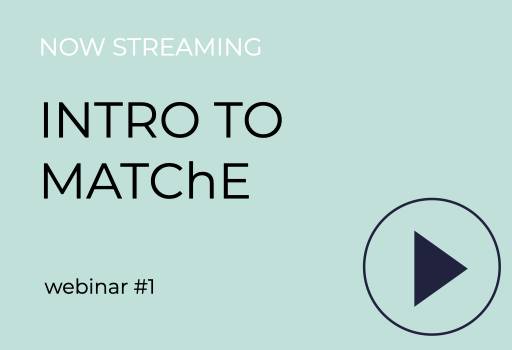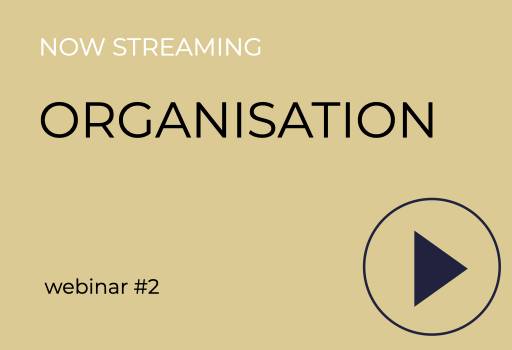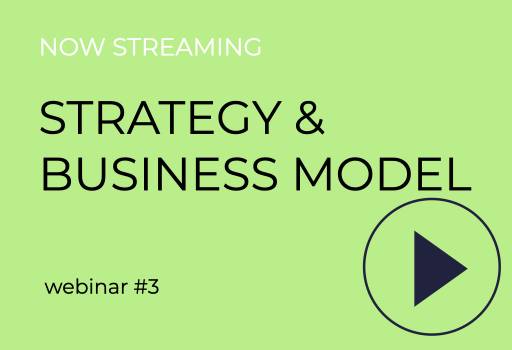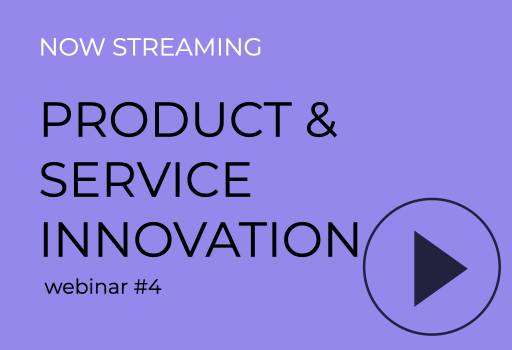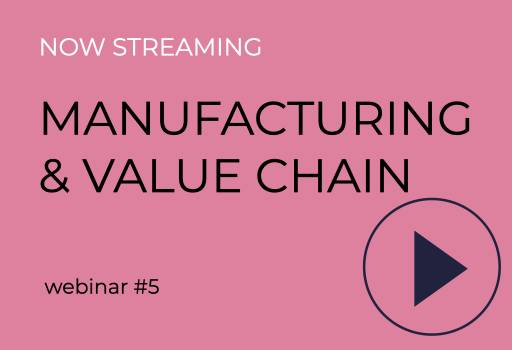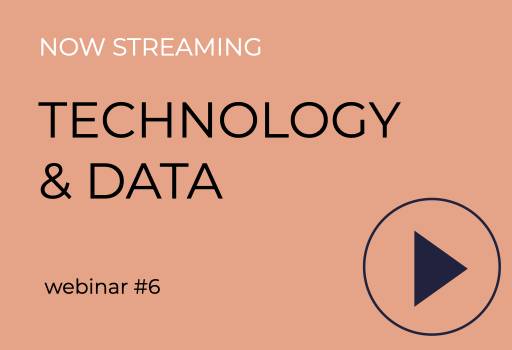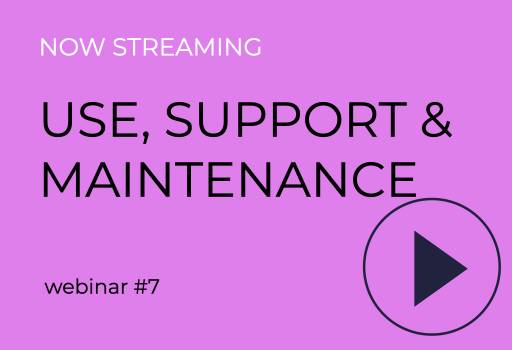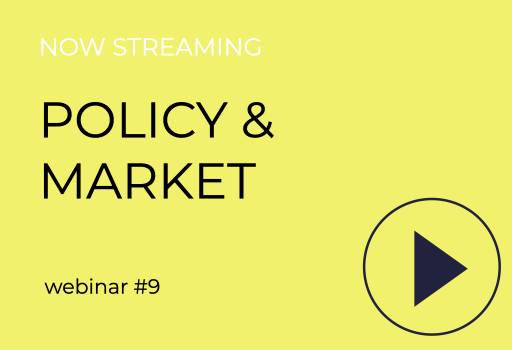MATChE Webinar #8: Tilbagetagning & strategier for endt produktliv
Om denne præsentation
I dette webinar vil du lære om paratheden af ’ Tilbagetagning & strategier for endt produktliv’, som måler evnerne til at maksimere værdien af produkter efter endt produktliv. Webinaret foregik online den 29. januar kl. 15:00 - 15:30 CET og præsenteres af Professor Tim McAloone på engelsk.
Q&A from the webinar
Why is it that the Electronics Industry is scoring lower than many other?
- Because of the directives about eco-design in particular along with the legislation, which the electronics industry is very driven by, we are seeing that the bar is being raised in general. On the other hand, a lot of the initiatives and business model cases that we have seen in our platform have not had the same baseline raise over the years. Also, other sectors like Food & Beverage, and Construction has relatively higher score because of the increased attention over the recent years, again contributing to a relatively lower score for the Electronics industry.
What is needed to boost the take back performance of companies? And is it always a good idea to do so, sustainability-wise?
- It needs to be worthwhile doing it, which depends on product, market and sector. In terms of drivers to boost the take-back activites include economic incentives, and the value needs to be there for the companies as well, not only consumers.
- It is not always sustainable. If we spend too much resources to get the product back, then it has not been worth it. Perhaps then, we should consider if we can reduce these impacts in our logistics.
What is the best way to implement a take-back system? Alone or in collaboration?
- It depends on the sector and products. The beverage industry in Denmark is a good example, where all the competitors got together and developed the bottle deposit system. If each brand had their own system, it would probably be too complex to make sense, economically and environmentally.
How would you explain a higher readiness for the end of life by the food industry?
- The food & beverage industry is characterised, in many countries (e.g. all of the Nordics) for deposit systems. We had a number of this type of companies in our platform.
Should there be legistations to pressure companies to take back products?
At least here in EU, we see a mixed-method approach, where if the private market can self-regulate, whichis great. But at some stage, regulation takes over - often from the leading companies, in order to bring the whole market along.
Om MATChE
Det første skridt i enhver omstilling er at have en fornemmelse af den nuværende situation og en beslutning for hvor man skal starte. Men hvordan finder du din virksomheds cirkulære potentialer og hvordan kan du vide du er parat til at forfølge dem? MATChE Parathedsvurdering er et gratis online værktøj, som muliggør, at du og dine kollegaer kan vurdere jeres virksomheds omstillingsparathed til en cirkulær økonomi, forstå jeres styrker og svagheder og definere det rette fokusområde for jeres virksomhed at koncentrere jeres omstilling på først. Bagved vurderingen i parathed og processen til at øge virksomheders parathed til en cirkulær økonomi ligger MATChE metodologien. Metodologien bygger på forskning og videnskabelige studier udført ved Danmarks Tekniske Universitet. Den tager stilling til 8 dimensioner af forretningsaktiviteter, som er kritiske at have for øje i en omstilling til cirkulær økonomi. Den flerdimensionelle fremgangsmåde er en nødvendighed, da Cirkulær Økonomi er bredt emne, som kan berøre alle felter indenfor din virksomhed.


